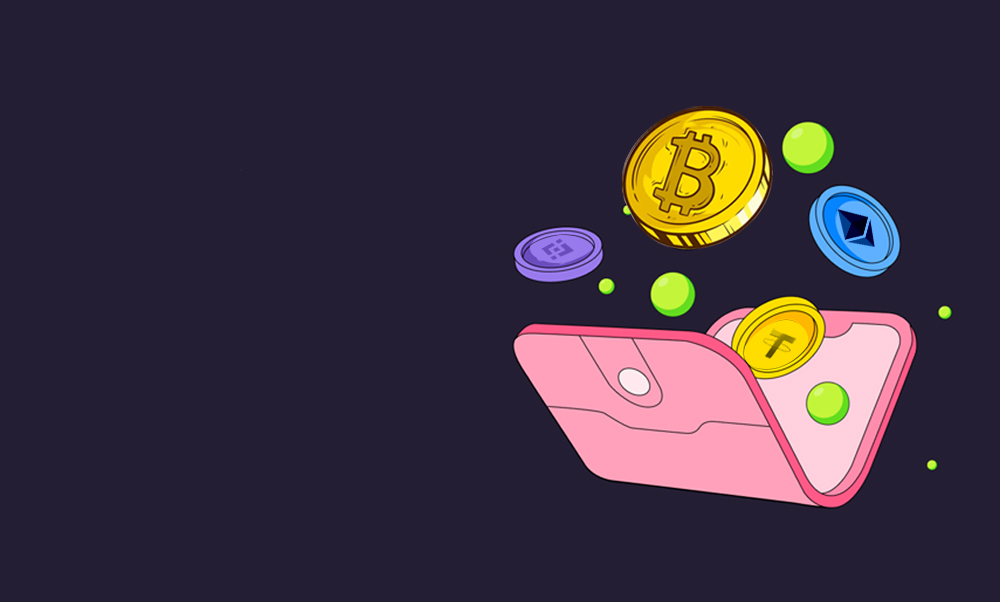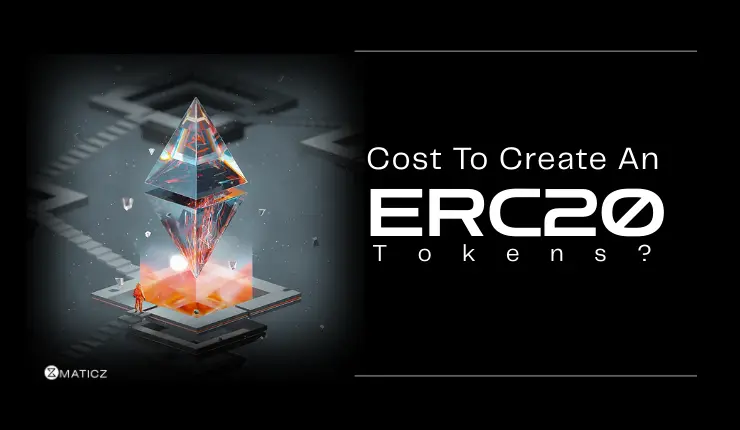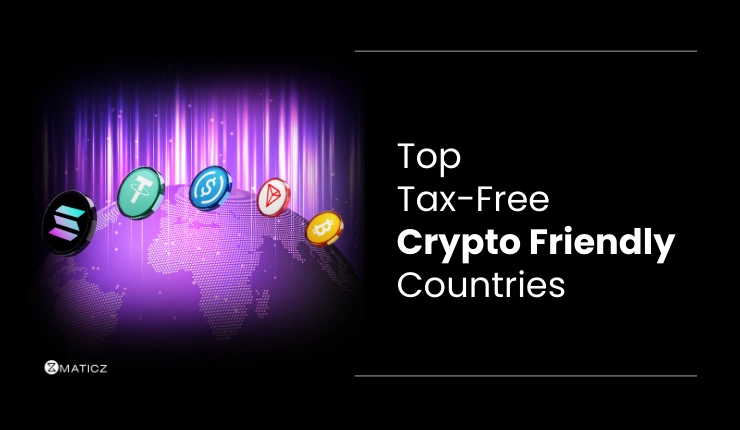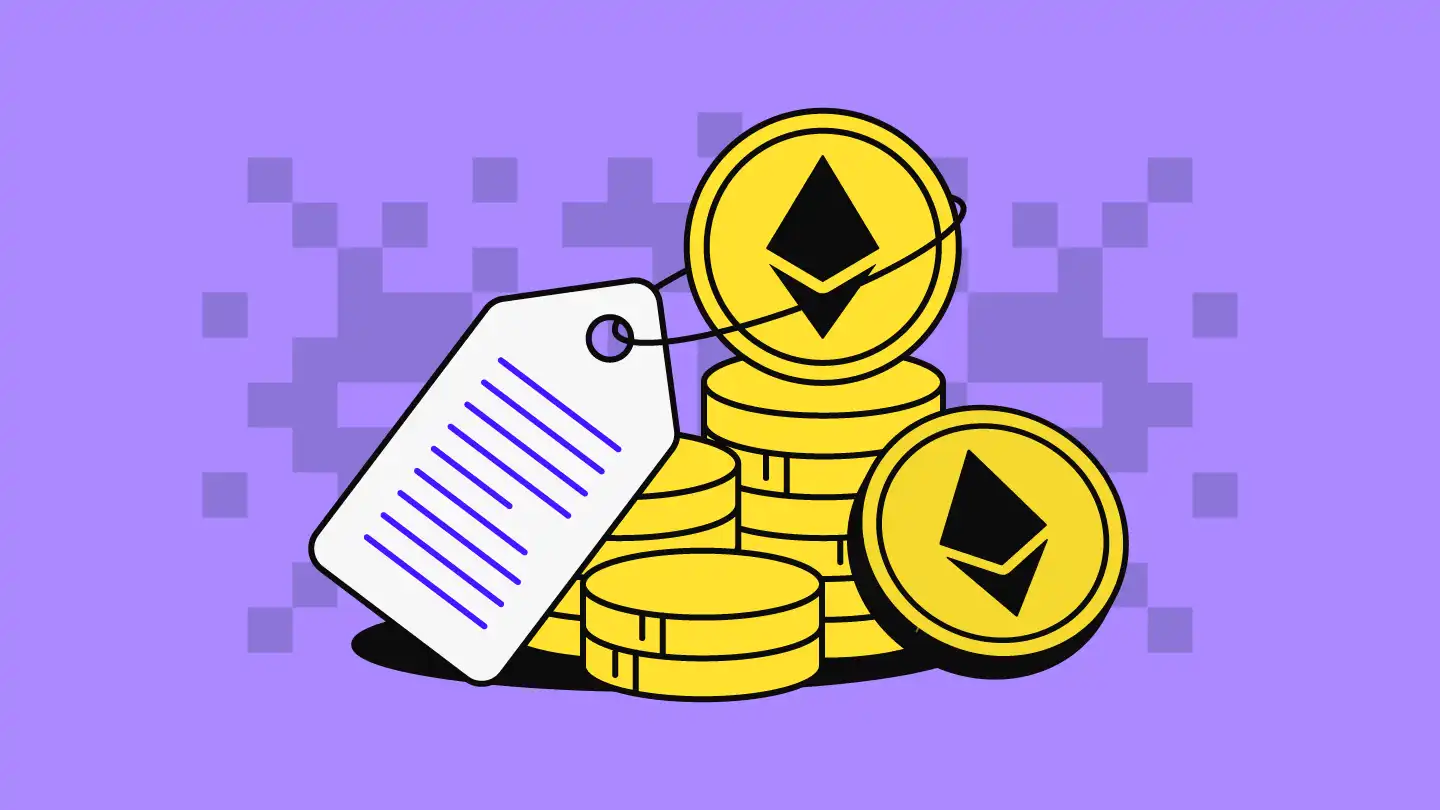Share Posts

How to Build a Blockchain Wallet?
77
6947
103
What is a Blockchain Wallet?
The name wallet denotes it is a kind of storage thing, and the blockchain represents it in a digital form. Yes, a Blockchain wallet is used to store cryptocurrencies, stablecoins, tokens, and NFTs of the users. So the wallet users can send and receive digital currencies and also monitor their balance and history of the transactions. In simple words, it is similar to the physical wallet for storing currencies.
Learn more about crypto wallet -->
Why Create a Blockchain Wallet?
The number of crypto wallet users worldwide is increasing in huge numbers. For the manipulation of their cryptocurrency, digital assets in this internet era seem to be unsecured. So choosing a dedicated wallet for maintaining those is very important nowadays.
As for the secure and easy exchange of funds (cryptocurrencies) from one end to another and it's a cryptographically signed transfer this blockchain wallet is a rigid way to secure their digital assets in a great way. Some top attributes of a crypto wallet are included, which are the main phases in the blockchain wallet app for making the app an efficient, flexible, and secure one.
Here are some ultimate reasons to create a blockchain wallet,
Security
The blockchain wallet holds the keys like private and public keys, where the cryptocurrencies can be accessed by the user. Hence keys hold the authority of cryptocurrencies to access the wallet it acts as a two-factor authentication in the wallet. So that’s why the private keys are needed to be protected.
Easy to Use
Blockchain wallets are the ones that can make cryptocurrency trading just like the money transacted on apps like Google Pay, and Paytm.
Low Transaction Fees
When compared to traditional banks the transaction fees allowed by blockchain wallets are less.
Supports Instant Transactions
When the transactions are meant to connect from one geographical area to another the transaction speed here matters much, so it's a major advantage with the customized blockchain wallet development.
Supports Multiple Cryptocurrencies
Many wallets can handle only one or a certain kind of cryptocurrency. Our Blockchain wallet supports multiple cryptocurrency access and also for cryptocurrency conversion.
How Does a Blockchain Wallet Work?
For performing a crypto transaction you all need a wallet address and public and private keys. A public key is one you can share with others to perform transactions, As the cryptos are not stored directly in the wallet, public and private keys are the ones used by the user for the authentication of their assets.
The cryptos are not directly stored in the wallet for transactions, the wallet uses the public and private keys. The user gets complete access to their assets by only using the keys.
Transactions
Without intermediates, users can transfer virtual currencies instantly from their wallets and get their trade money directly on their Visa/Master cards.
Near Field Communication
NFC wallet is treated as an offline transfer method and it's cold storage for cryptocurrency coins. This method secures and isolates the data.
It can be used smoothly at any time and anywhere.
Auto Private Key Generation
For every transfer a key is generated, as it's an indispensable feature in the wallet it is stored locally instead of on the server.
QR Code
To eliminate human error copying, the QR code method solves the entire problem of entering and capturing the wallet address.
How to Create a Blockchain Wallet?
Creating a blockchain wallet is a complex process, by following certain steps and methods it can be driven in a better way. As an overview of it, choosing the best platform to implement, designing the user interface of the platform likely to the users, and extending the security process to the high level. Finally, the testing part and deployment of the wallet.
These are the steps considered by the developers to follow while creating a Blockchain wallet app from scratch.
Step 1: Choosing the Operating Language and Blockchain Network
There are many blockchain platforms available out there for developing a wallet. So choosing the platform widely is very important and should be capable of undergoing the regulations of the government, business, finance, and other indulging industries.
As the audience is all over the world, ensuring blockchain wallet manipulation with their devices is much more important. In that way, your Blockchain wallet should adapt to the major operating systems like Android, iOS, Mac OS, Linux, and Windows. This cross-platform compatibility can bring the entire willing users to use the wallet.
There are several platforms out there for developing a platform. Each has several advantages and disadvantages while it's in the hands of an experienced one it can be sorted out with alternatives. Selecting the availability of languages, scalability, security, and user experience when selecting a platform is an important process in this sector.
Step 2: Build a User Interface for the Blockchain Wallet
The interface is the one where the user interacts with the platform directly. A simple and user-friendly interface tends to determine the retention of users. In that way providing a decent interface can make the transactions without any misleads and doubts. An intuitive navigation system with easy-to-understand menus can drive the users directly to the process they are in.
Step 3: Develop Wallet Features and Functionalities
The further process of design integration on the wallet adding up the best features to it matters, like Multiple accounts for a user, Automated logout facilities for security, Integrated support of multiple networks, NFT Support, Push notification, user authentication methods, Dedicated section for history access for every user transaction.
Followed by adding up extra features according to the user's need after their experience in using the wallet. The user's suggestion can be added instantly with an update, For adding functionalities to the crypto wallet such as transfer limits, bundle transactions, account recovery, and much more we create smart contracts that provide all the functionalities needed to use the crypto wallet.
Step 4: Coin Installation and API Integration
Based on the requirements of the clients the coin servers can be installed. Installing a coin server for their own needs lots of money, while using a third party for launching will be a cost-effective one. Though investing in a separate one for our own makes many advantages for the users, the transactions among them will be done in a very short time when compared to the third-party coin server.
This allows the users to accept and store Cryptocurrencies in a very short time. Starting from the initial stage of downloading the application creating an account, and up to set up two-factor authentication to make up the blockchain wallet a secure, reliable, and bug-free one. This Coin installation ensures the flexible usage of blockchain wallets among various kinds of crypto users.
To ensure that users’ funds are secured, check out the presence of API in the wallet, integration of API is important in the wallet which allows the users to access their funds without having to provide their credentials to a third-party application.
Step 5: Creating Wallet Smart Contracts
When the users are into store Cryptocurrencies without needing a central authority, to facilitate automated transactions such as payments, escrow, and other agreements, and to make trusted transactions and agreements between the buyer and sender smart contracts are used. As they are enforced by the blockchain network, users can ensure that their transactions are secure and reliable. So make sure to add smart contracts to the wallet.
Smart Contract Audit Test
Before deploying the smart contract the code of the smart contract is audited and inspected. So that the functionality may not be affected after the deployment. To ensure security, line-by-line checking is done by the smart contract auditing service providers and testers for the secured transformations.
The process of smart contracts holds several steps that build trust with users, Requirements gathering, both automated and manual analyzing and testing, Initial audit report, Rectification if needed, inspecting the fixed errors, and Final report submission.
Step 6: Setting Up DApp and Wallet Connectivity
While developing a wallet it's very important to adapt to the total needs of the users, in that way, it should be compatible with DApps. This compatibility increases the number of users in every field. Thus, it is important to do research and find the popular and most used Dapps to integrate a wallet that is right for the user. This wallet connection with an App can be done only by using a QR scanner. While it comes with browsers it can be connected with an injected form.
As a user, when the user chooses our wallet to connect to a Dapp, it's known as “wallet linking”, While this linking process is enabled the wallet should mutually undergo the connecting procedures of the Dapp. Providing the DApp with the wallet’s address, which is used to securely connect the wallet to the DApp.
Step 7: Integrating Front End Back End And Blockchain
Integrating the front end and back end is a critical aspect of crypto wallet development. It involves connecting the user interface with the server-side functionality to ensure a seamless and secure user experience. The front end handles the user interaction and interface, while the back end processes data, performs security checks, and communicates with the blockchain. By integrating the two, developers can create a reliable and user-friendly Web3 crypto wallet that meets the needs of its users.
Step 8: Set Up Security Features
To protect funds and data adding up a two-factor authentication like a fingerprint, face ID, and hardware authentication, which brings an extra security patch to the blockchain wallet. And make sure to keep the blockchain wallet backed up.
For improved efficiency, security, and scalability microservice architecture is used by which a smart contract can deliver these all attributes which are more essential for the wallet. Adding up an OTP Verification personally by a user, when the withdrawal level exceeds a certain level.
Step 9: Testing of the Blockchain Wallet
Finally, testing the wallet is more important before launching it in the market. This results in whether the blockchain wallet is bug-free or not. This makes the user feel hassle-free in every usage of the wallet. As it is the first motive of the wallet app for the user, this creates user retention without any advertisement or promotion to them.
Step 10: Blockchain Wallet Deployment
After ensuring that any bugs or omissions have been thoroughly tested, our team finalizes the wallet development process. We then deploy the wallet on the blockchain, making it readily available for users to access and use securely. We continue to monitor and update the wallet as needed to ensure its performance and security over time. White Label Crypto Wallet makes the development much easier instead of creating it from scratch.
Closing Thoughts
These are the steps, we Maticz the leading Blockchain wallet development company follow to create a Blockchain wallet, as we have earned lots of experience in the field of the crypto sector and our products with top-notch service are revolving out. Focusing on the history of trends by analyzing the evolution of crypto and crypto wallets by adapting to providing new features to the clients. Reaching out to an experienced hand like us can be more beneficial.
Tap Into the Future
The latest insights, posts, and project updates - straight to your inbox.




